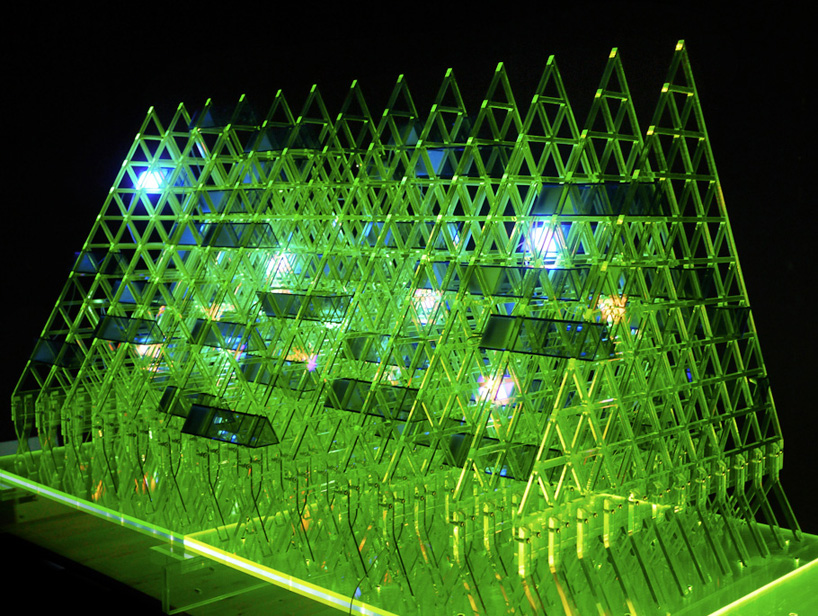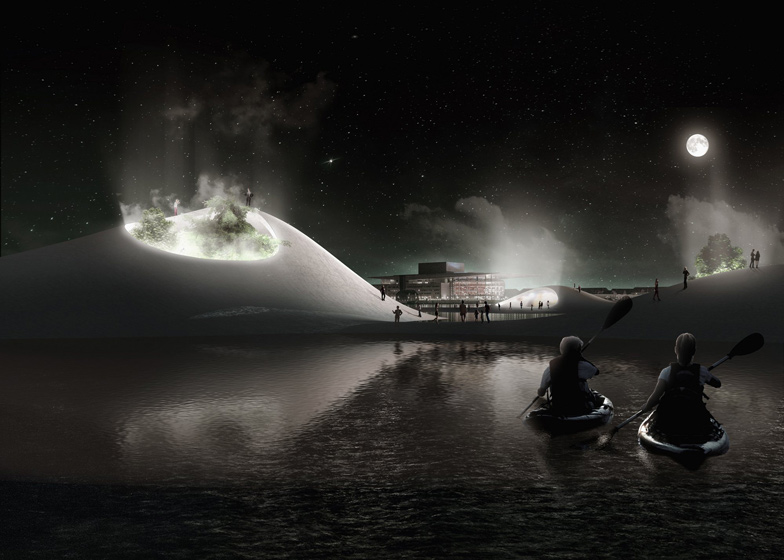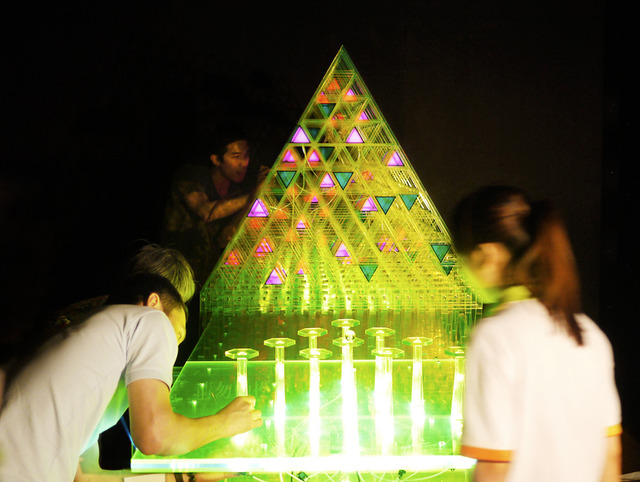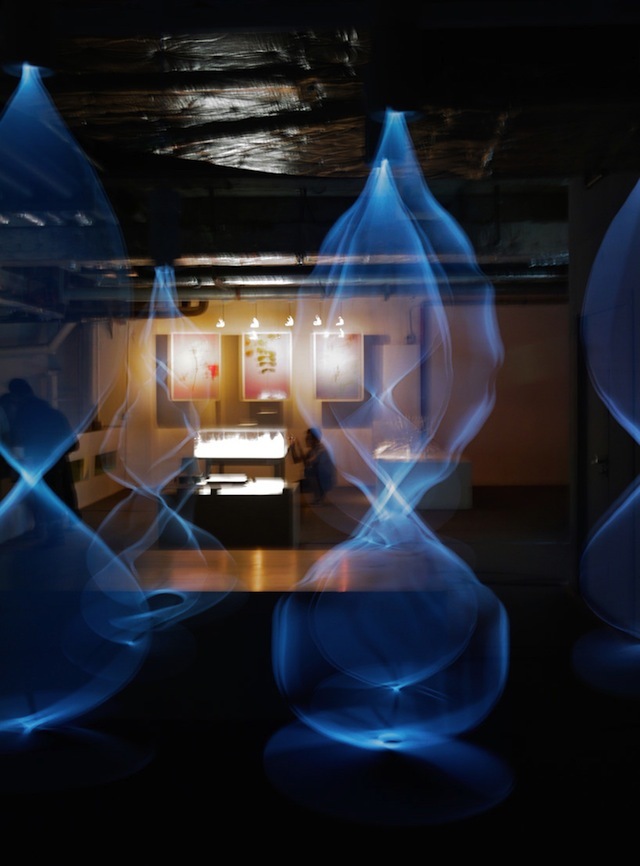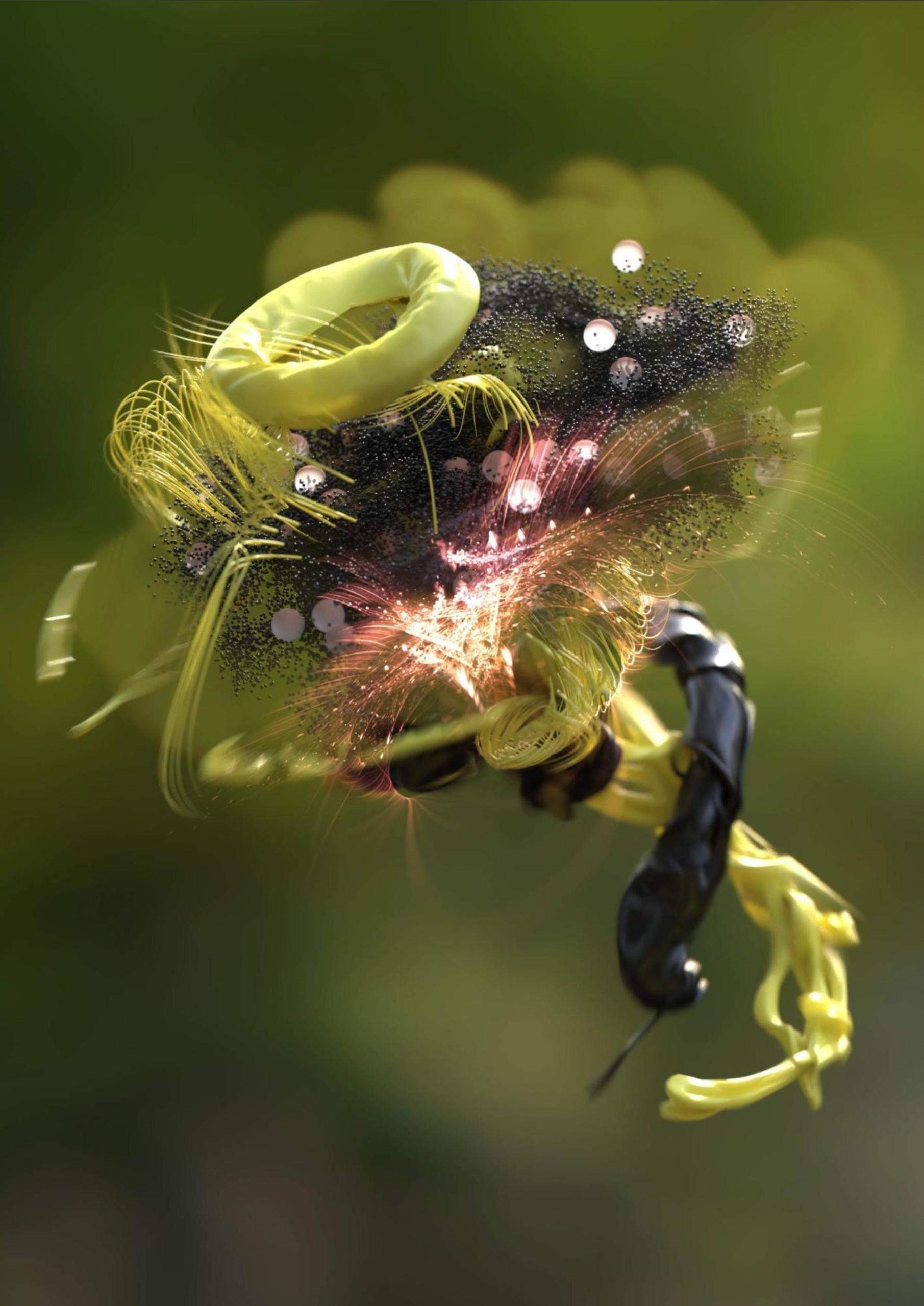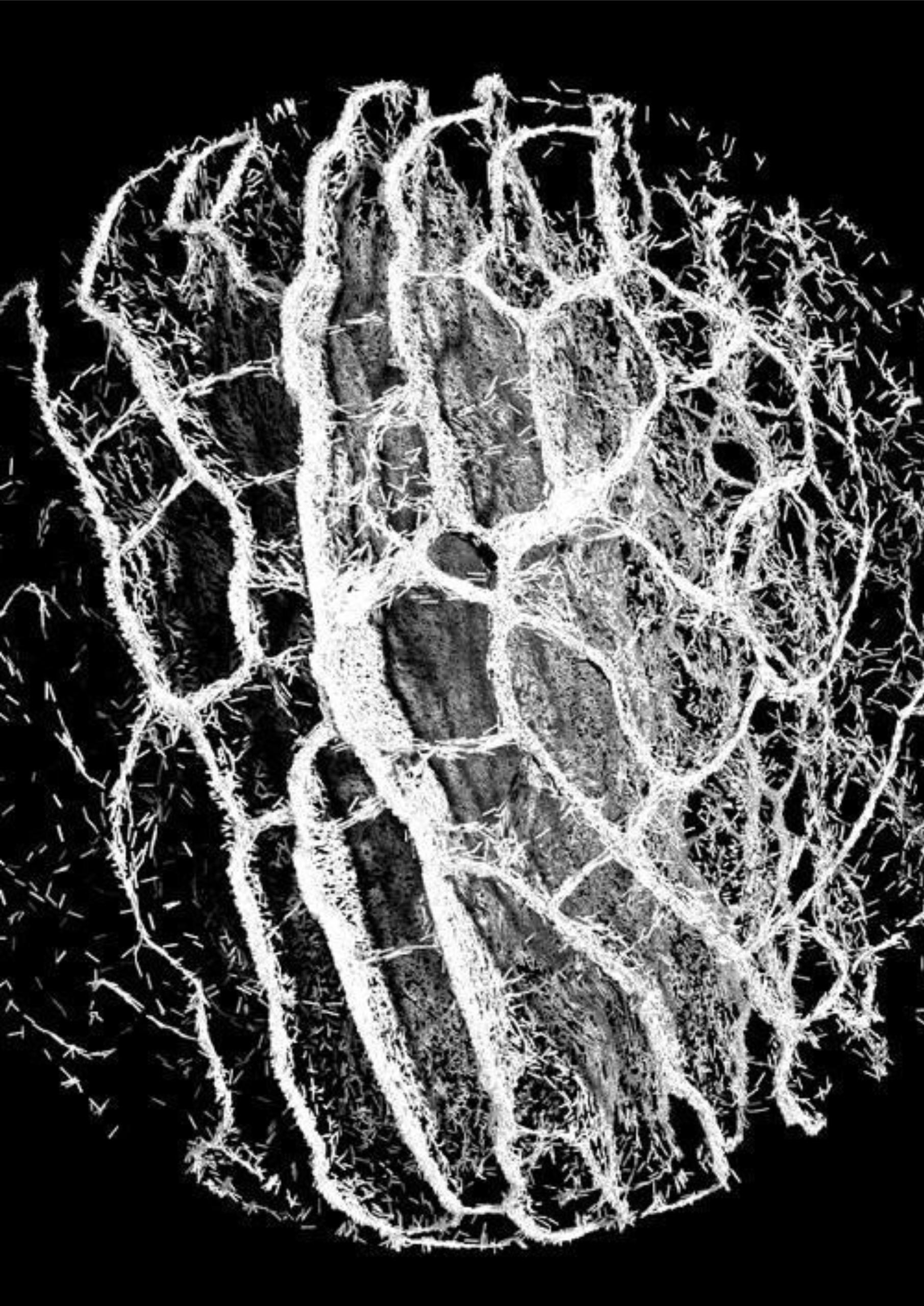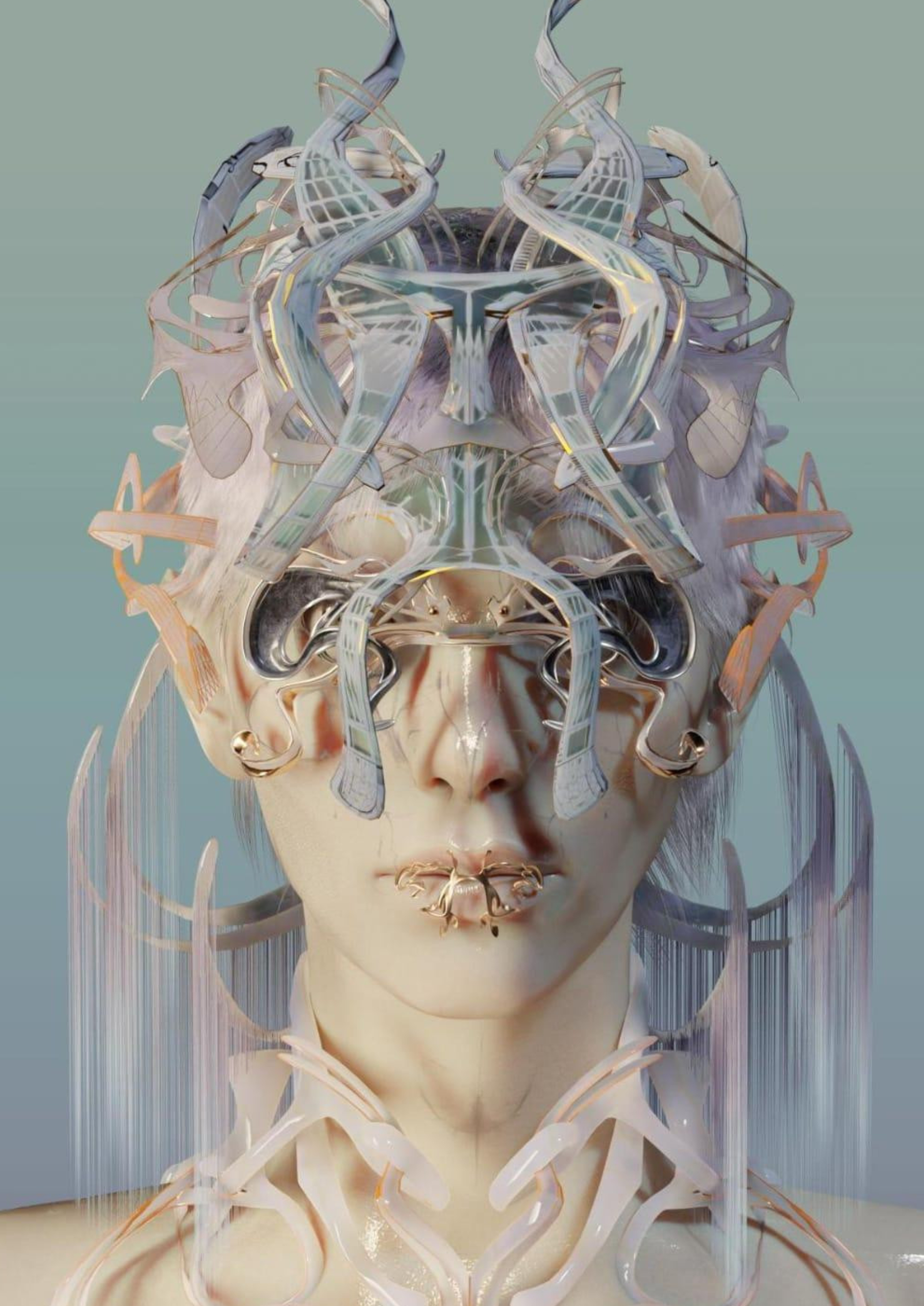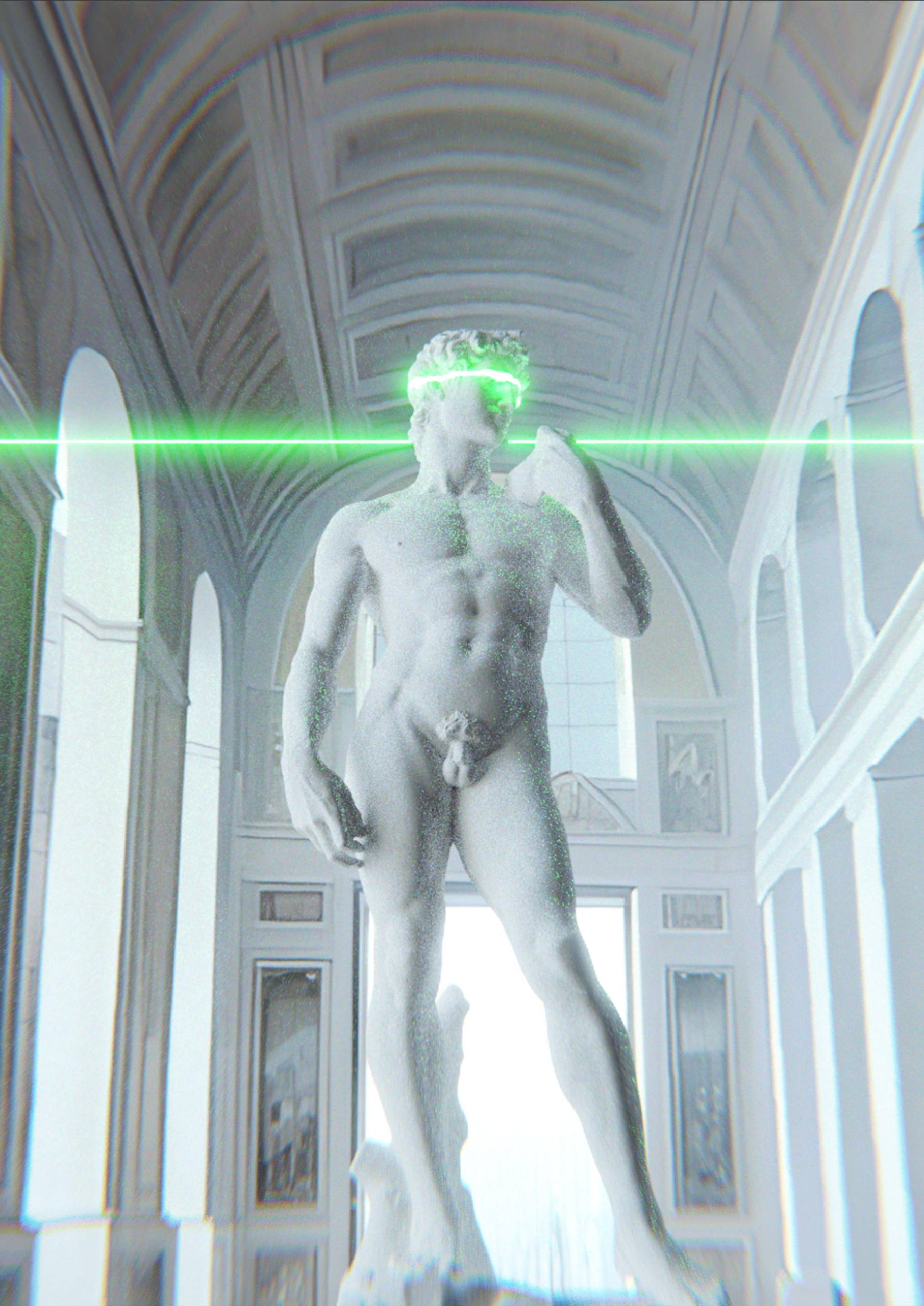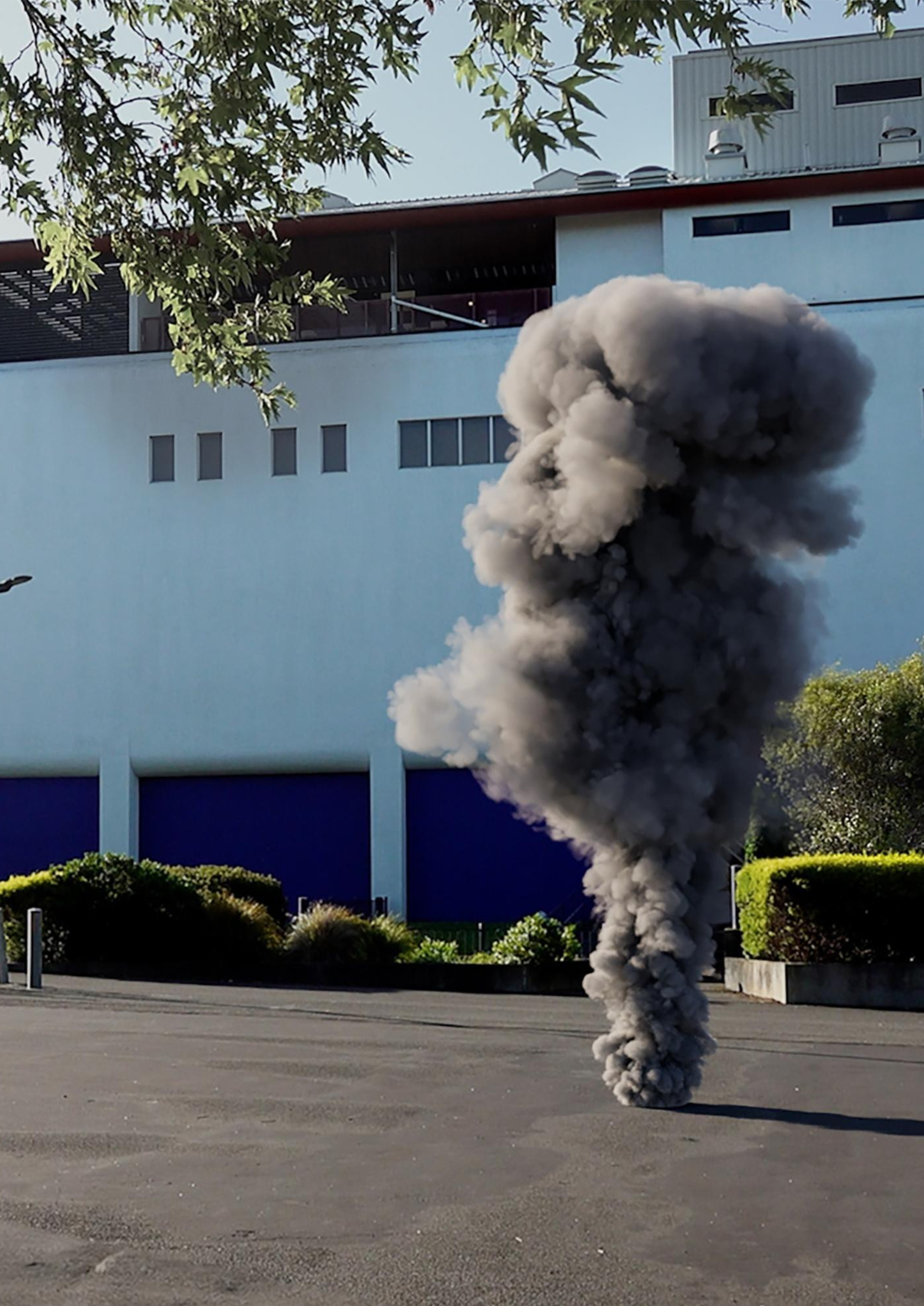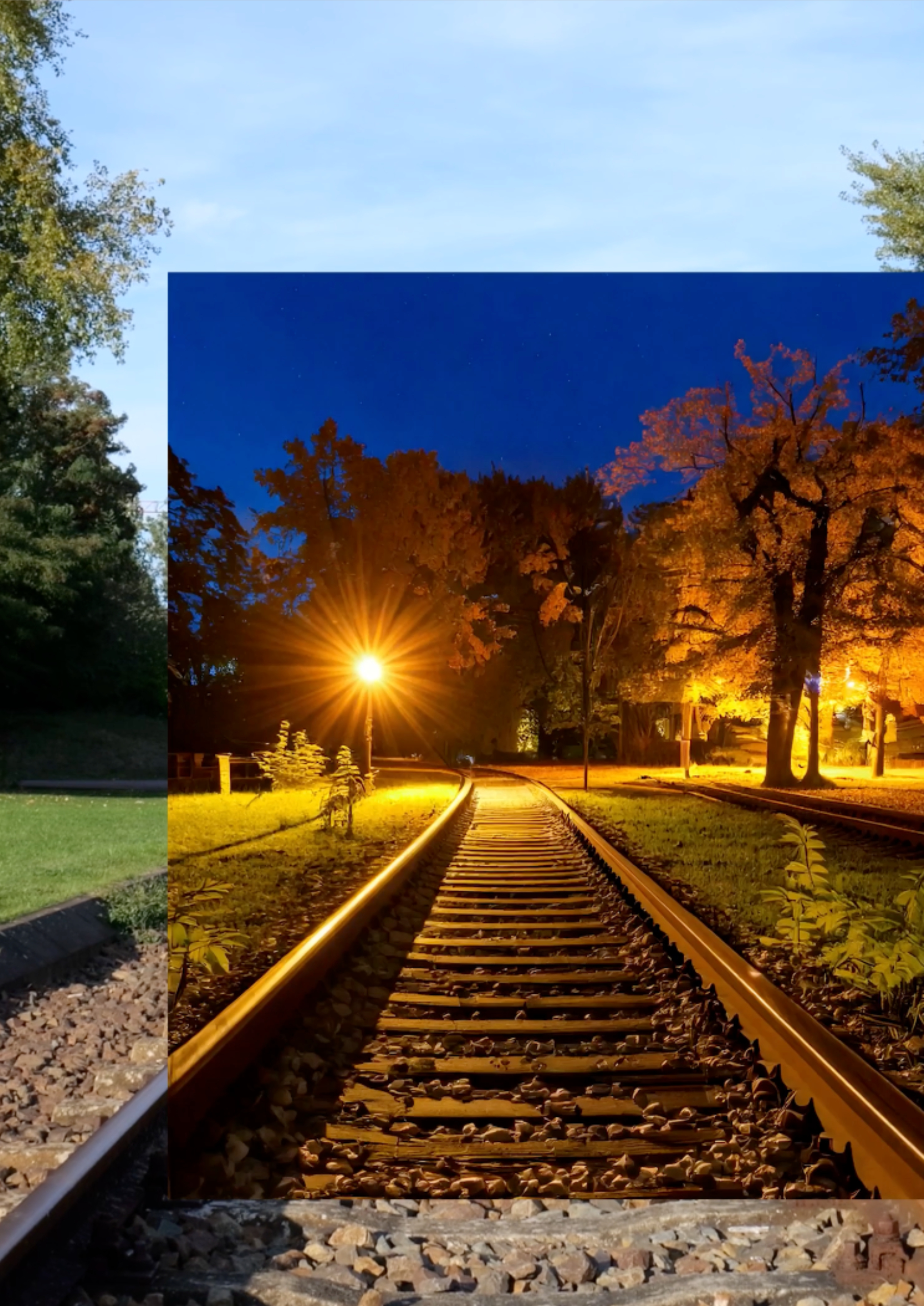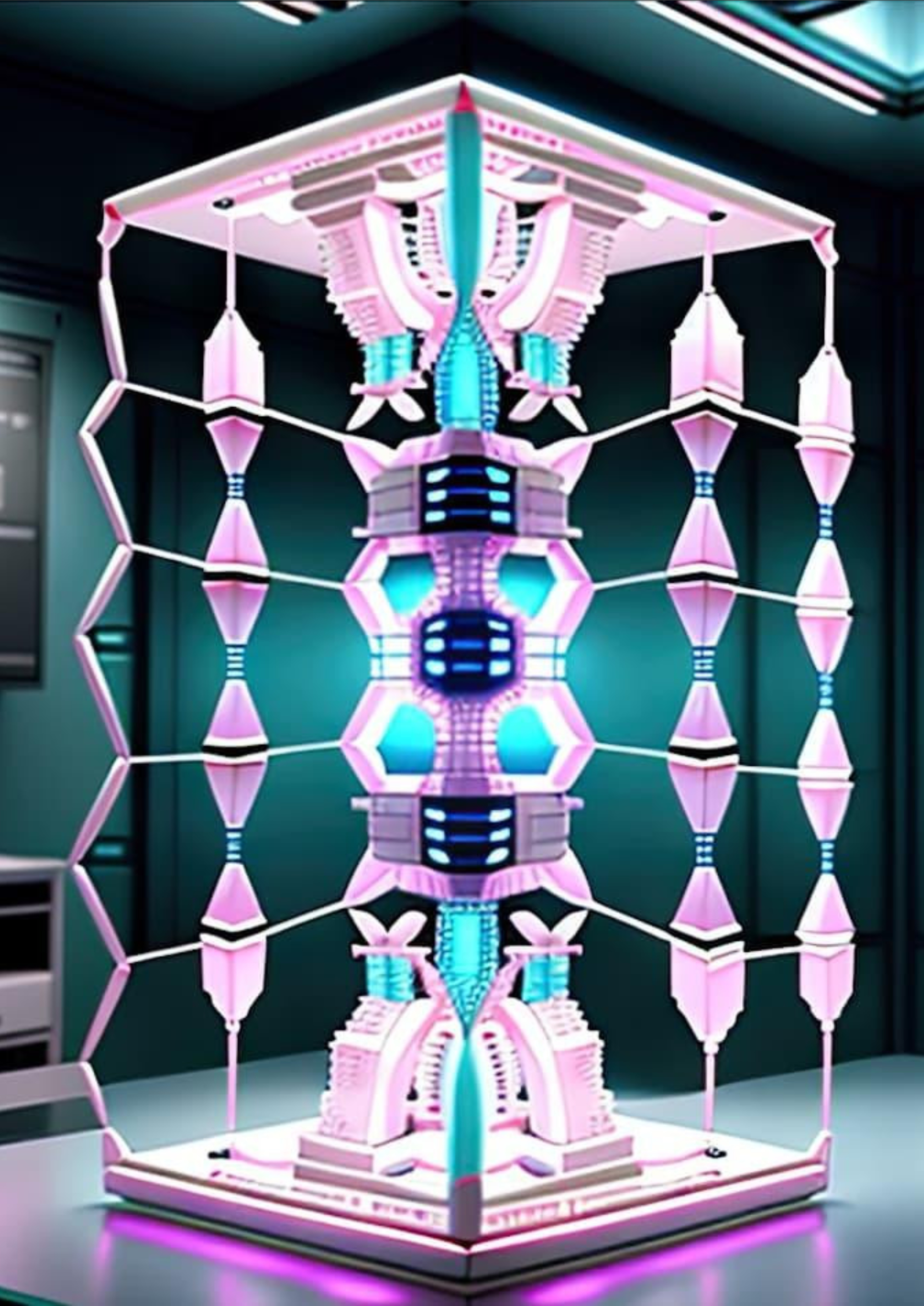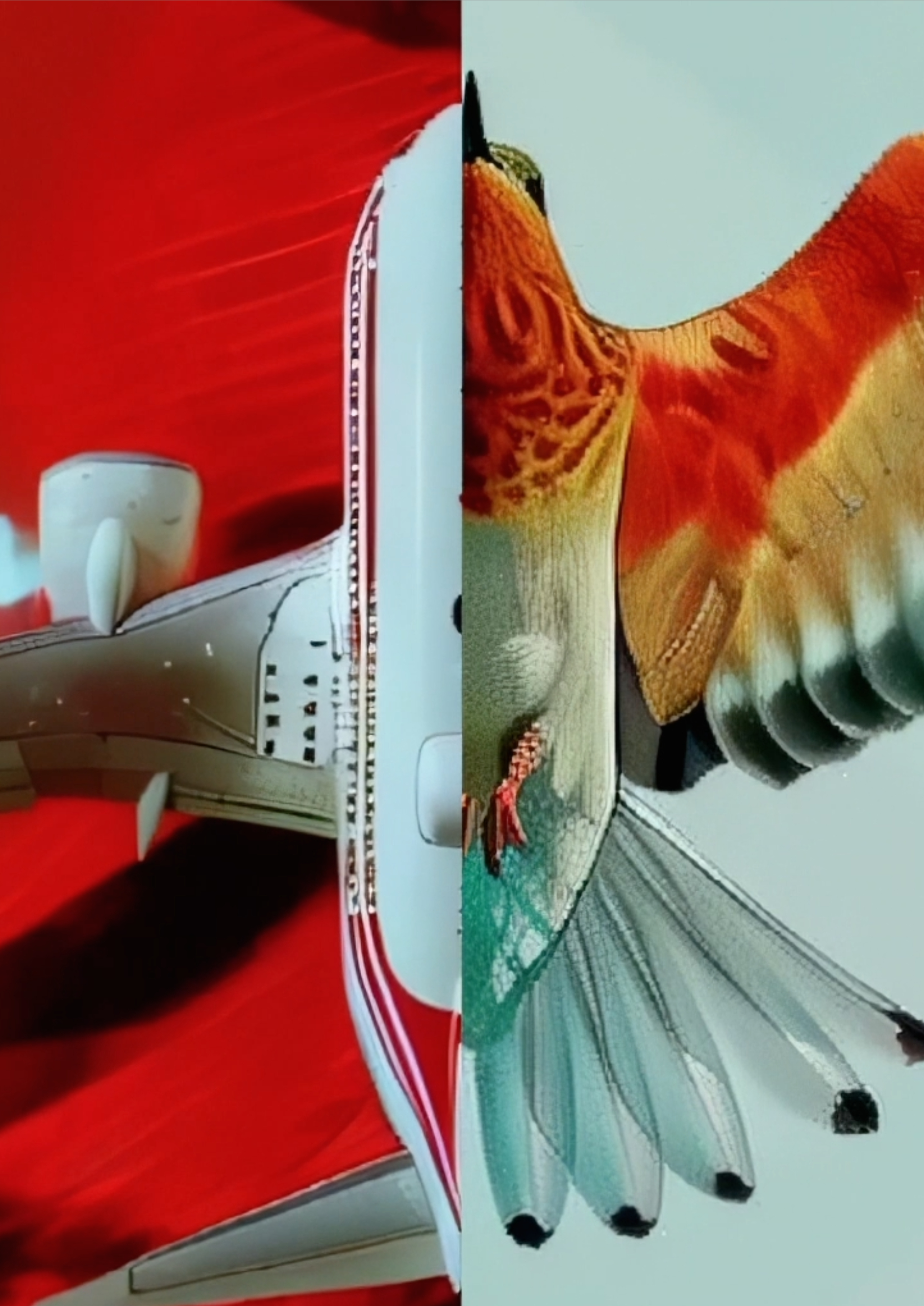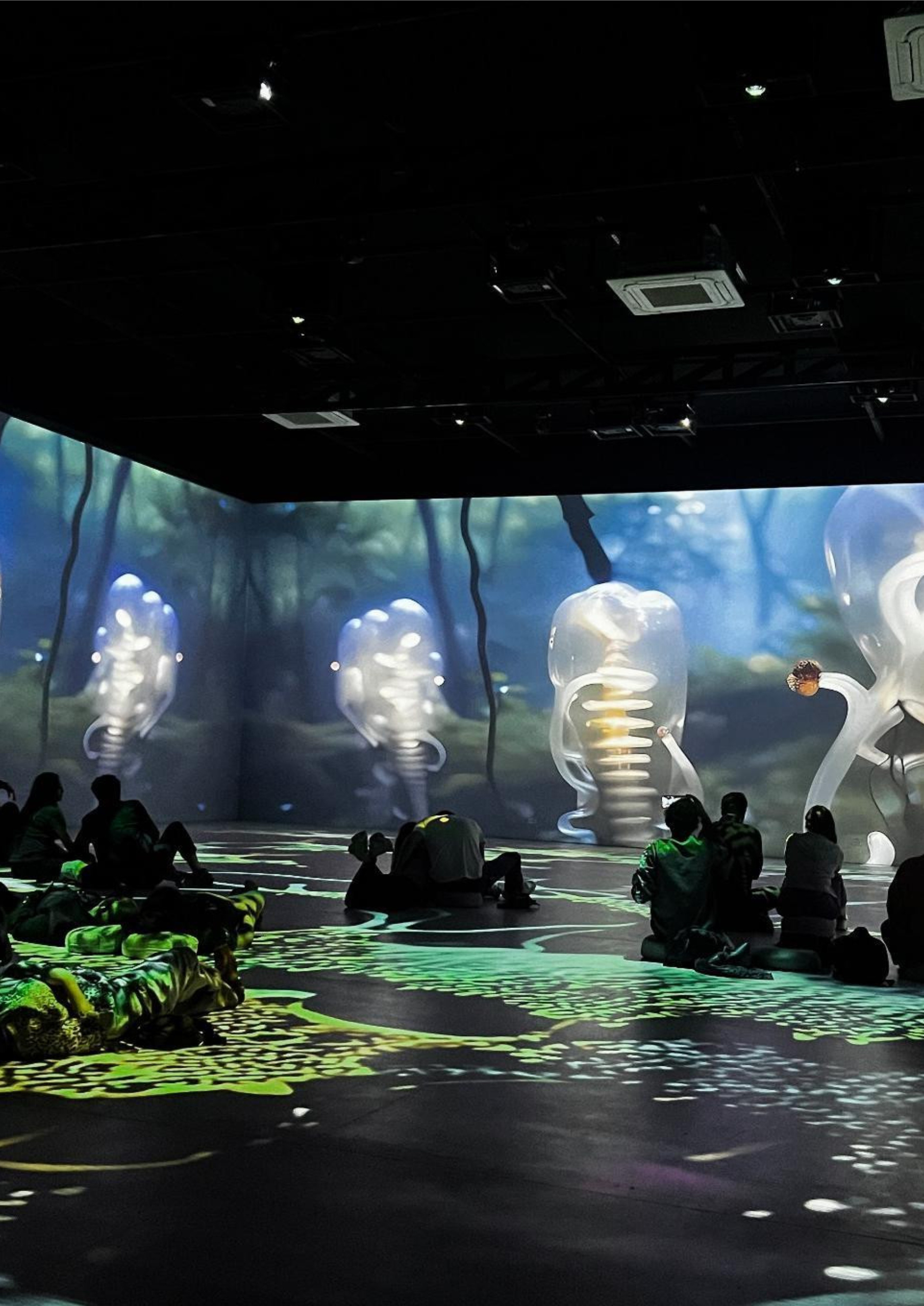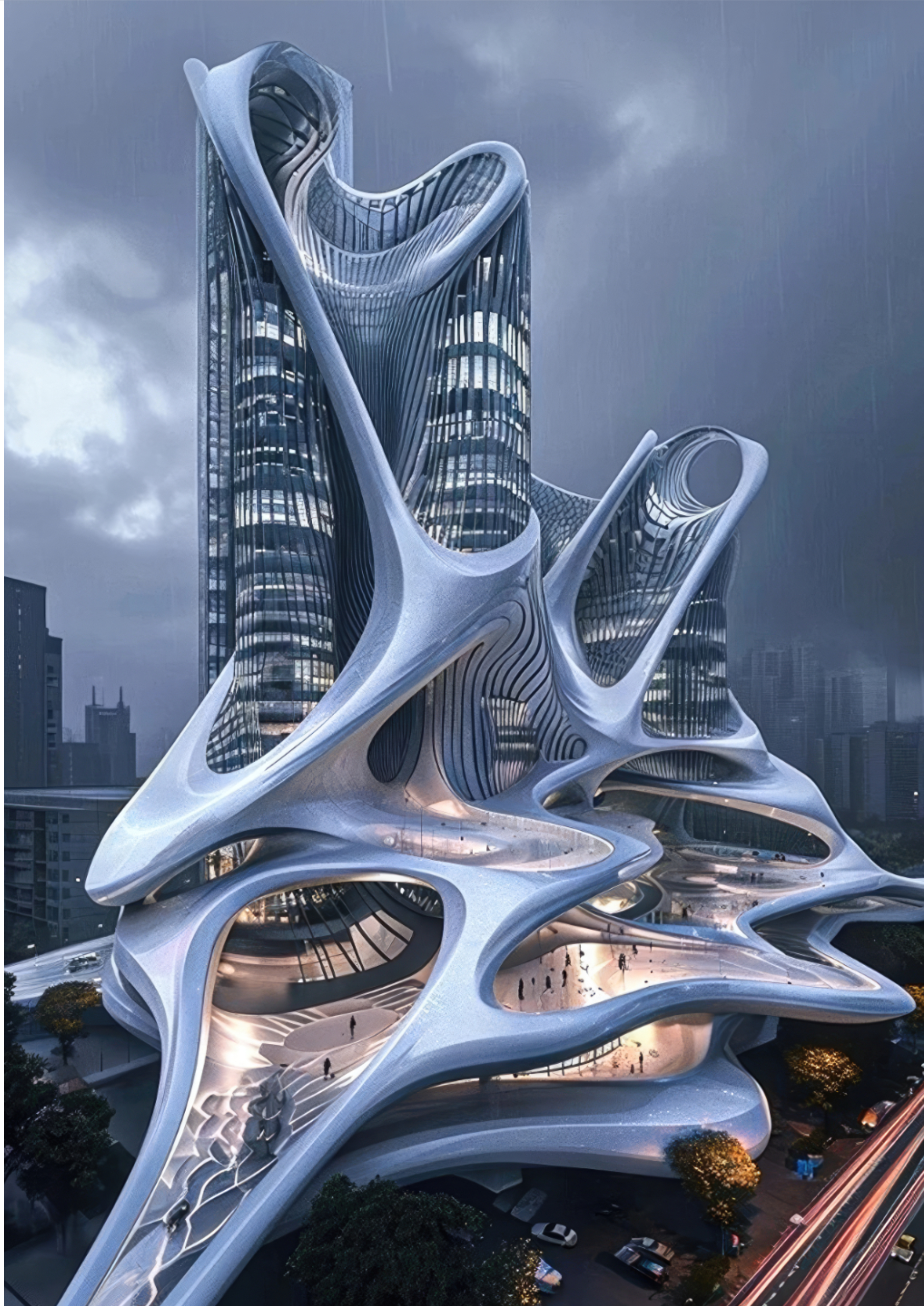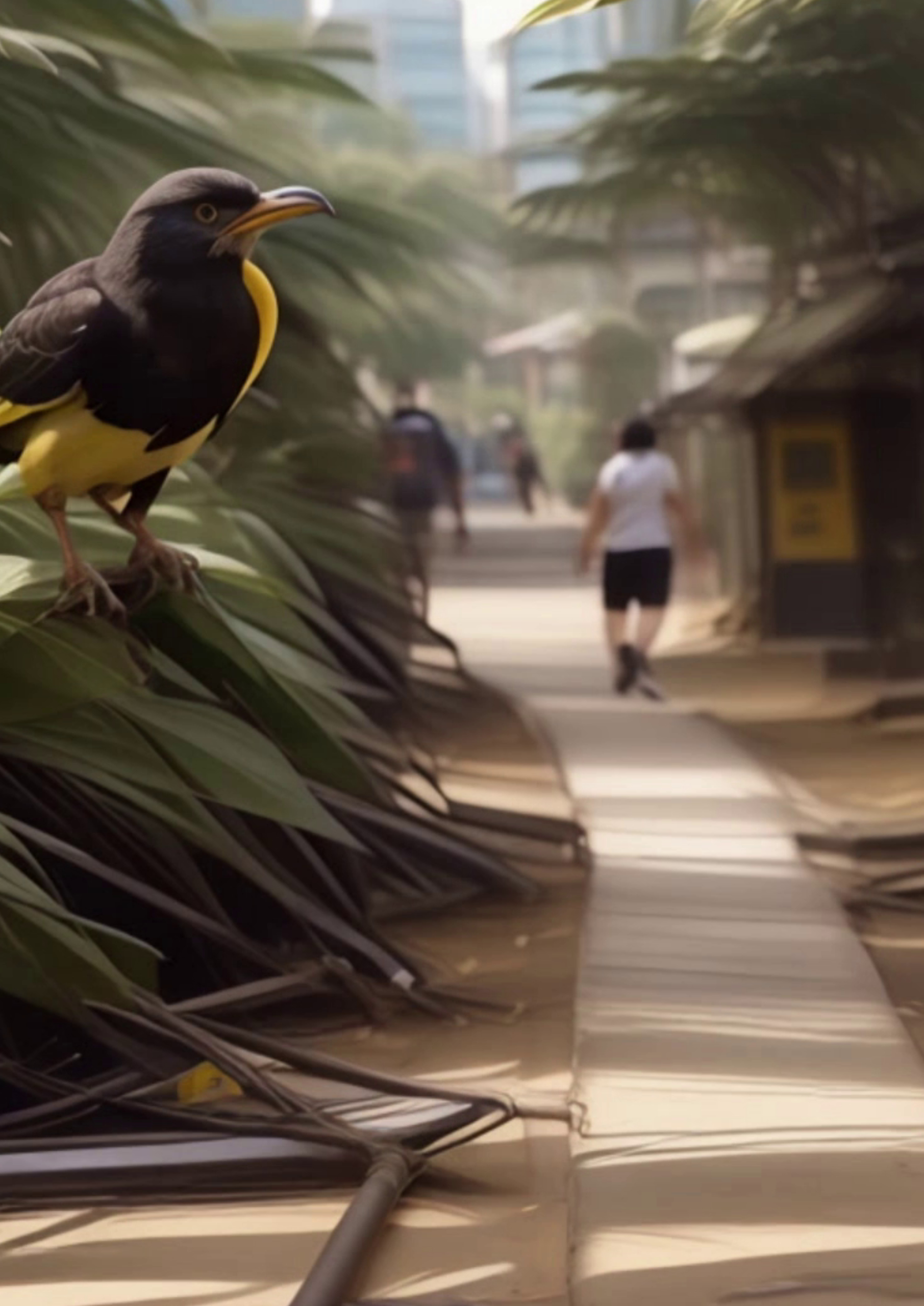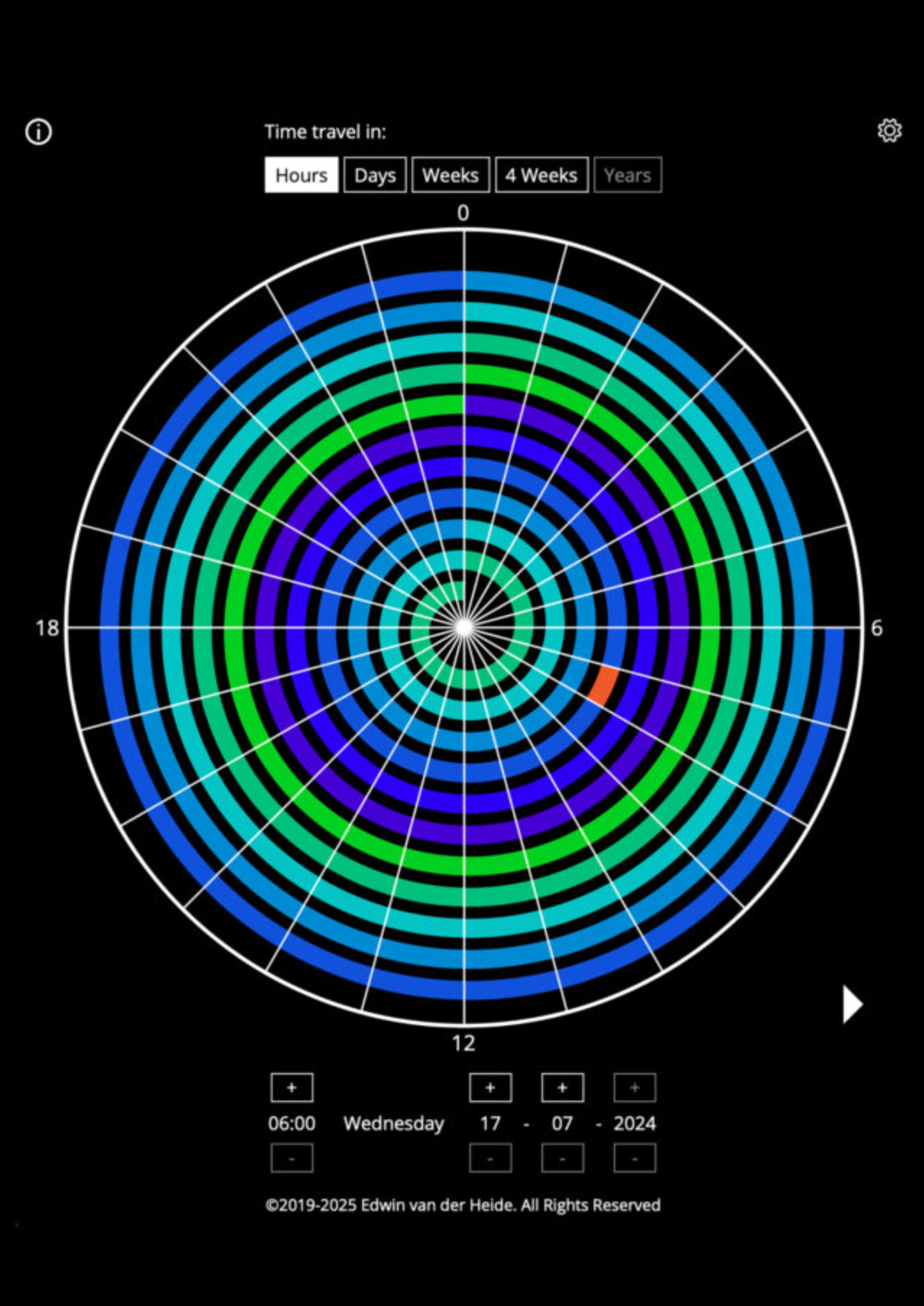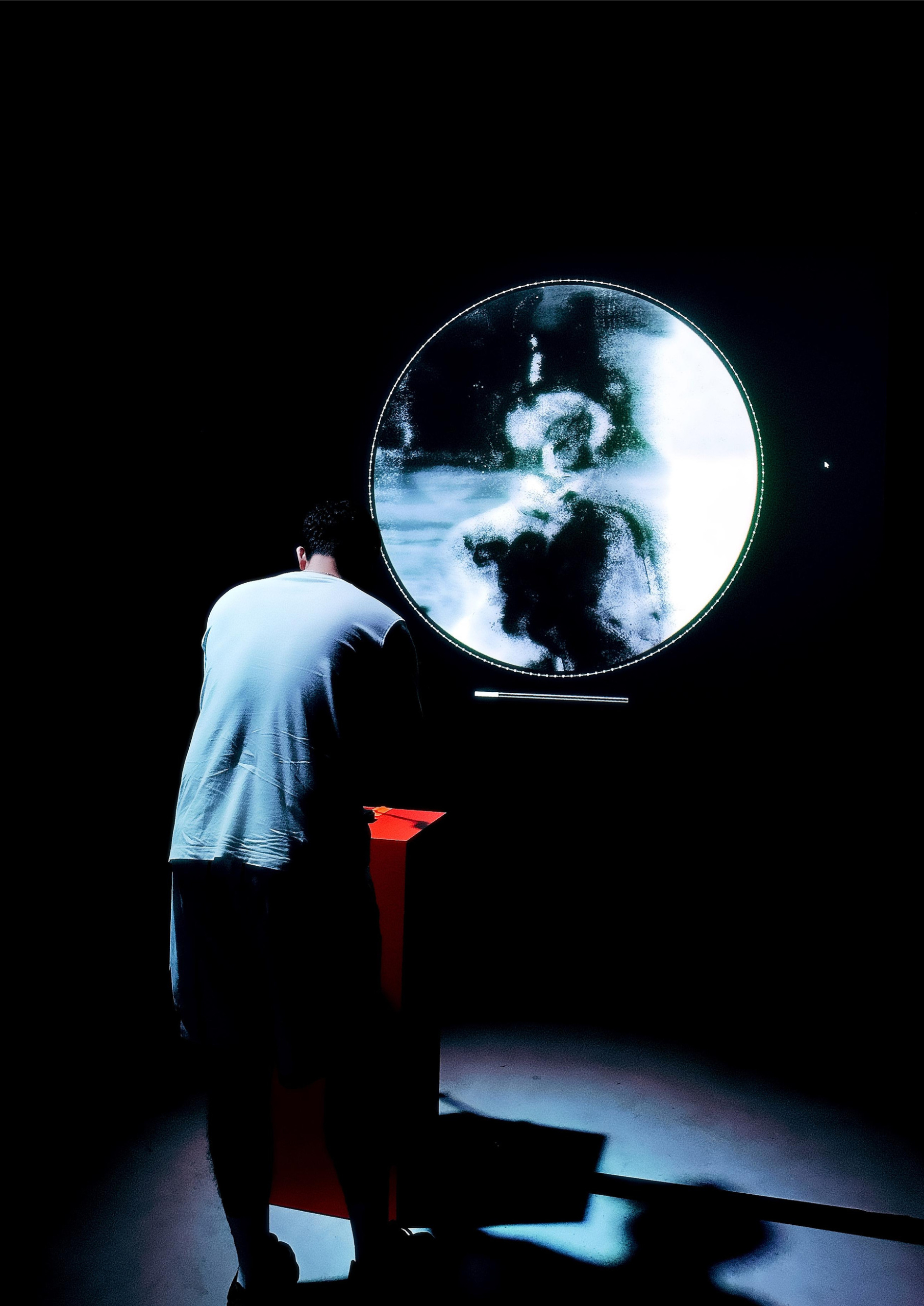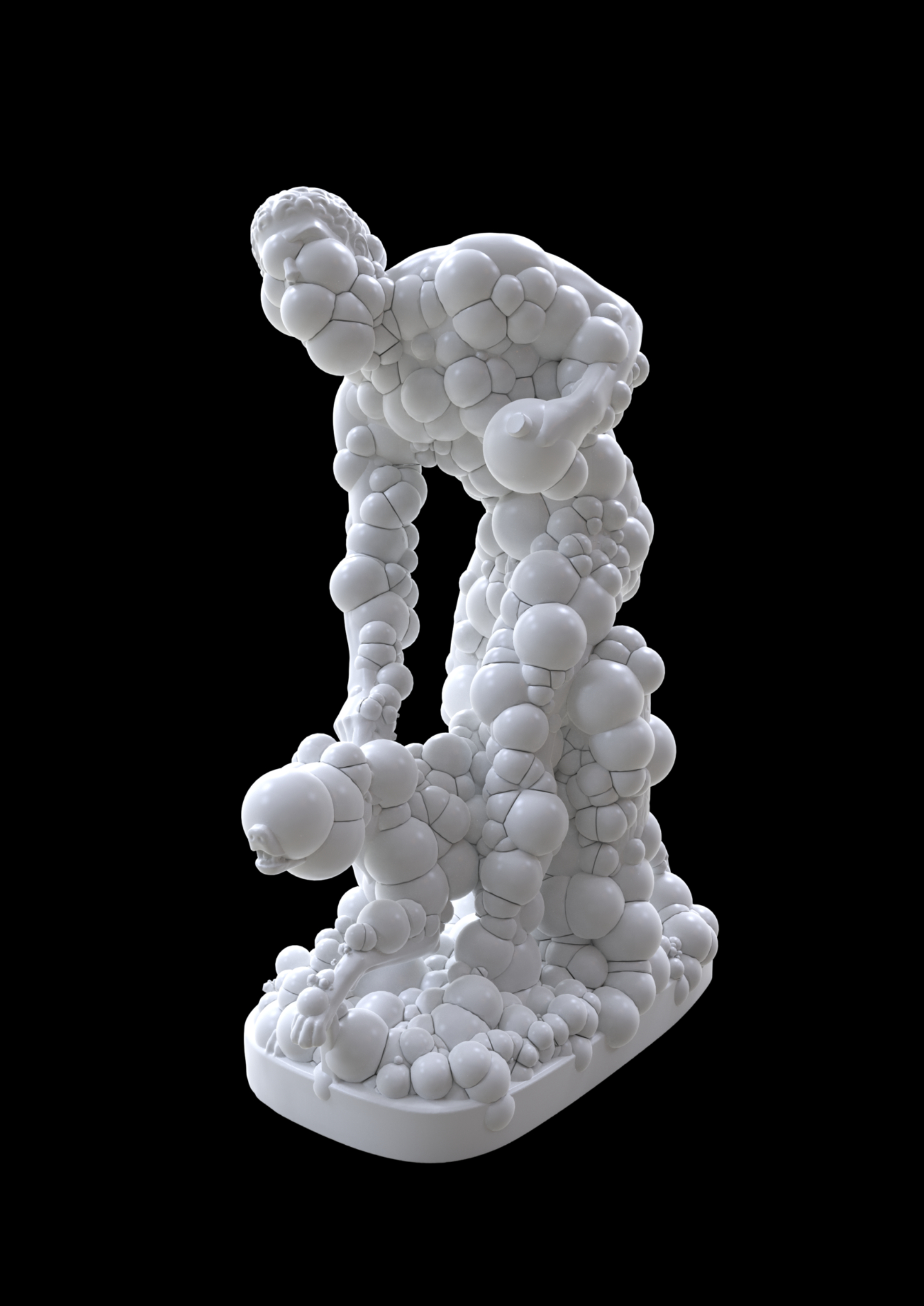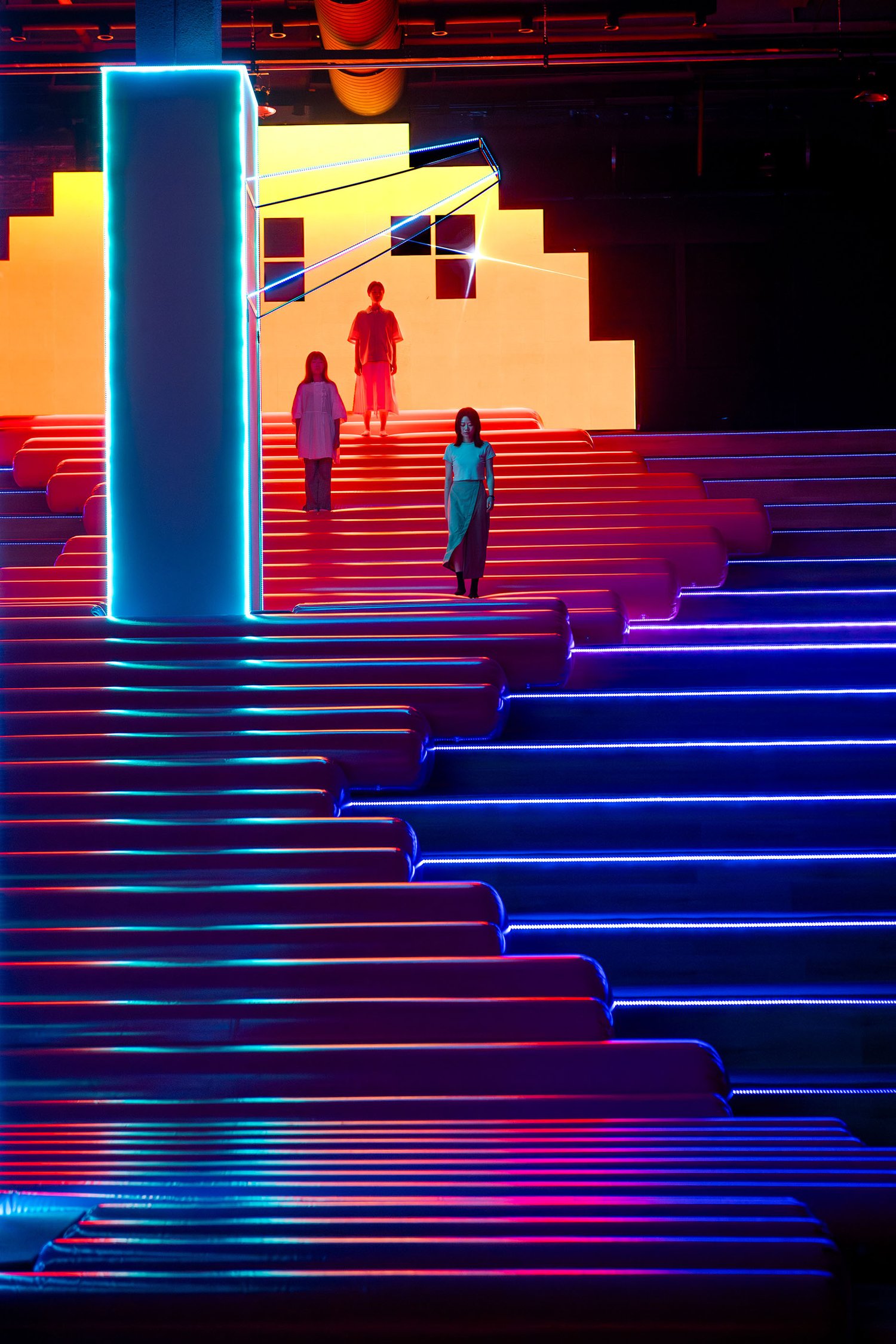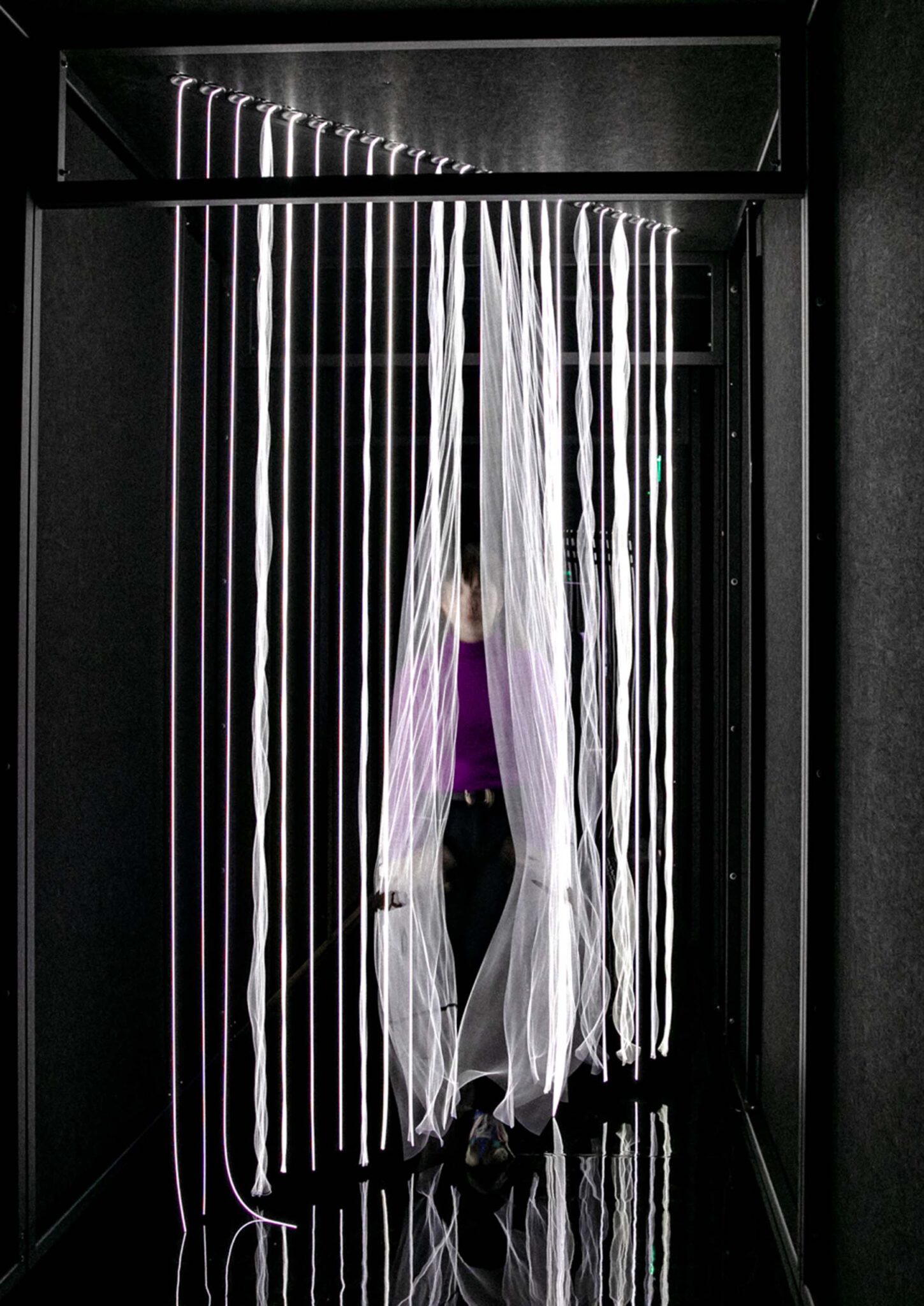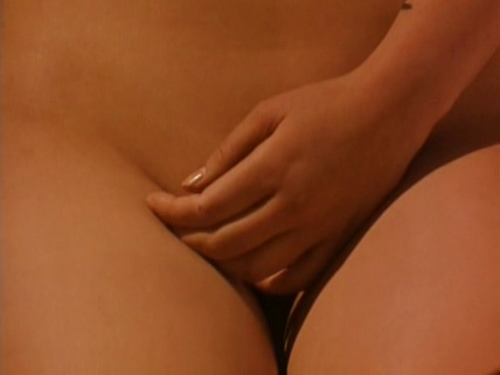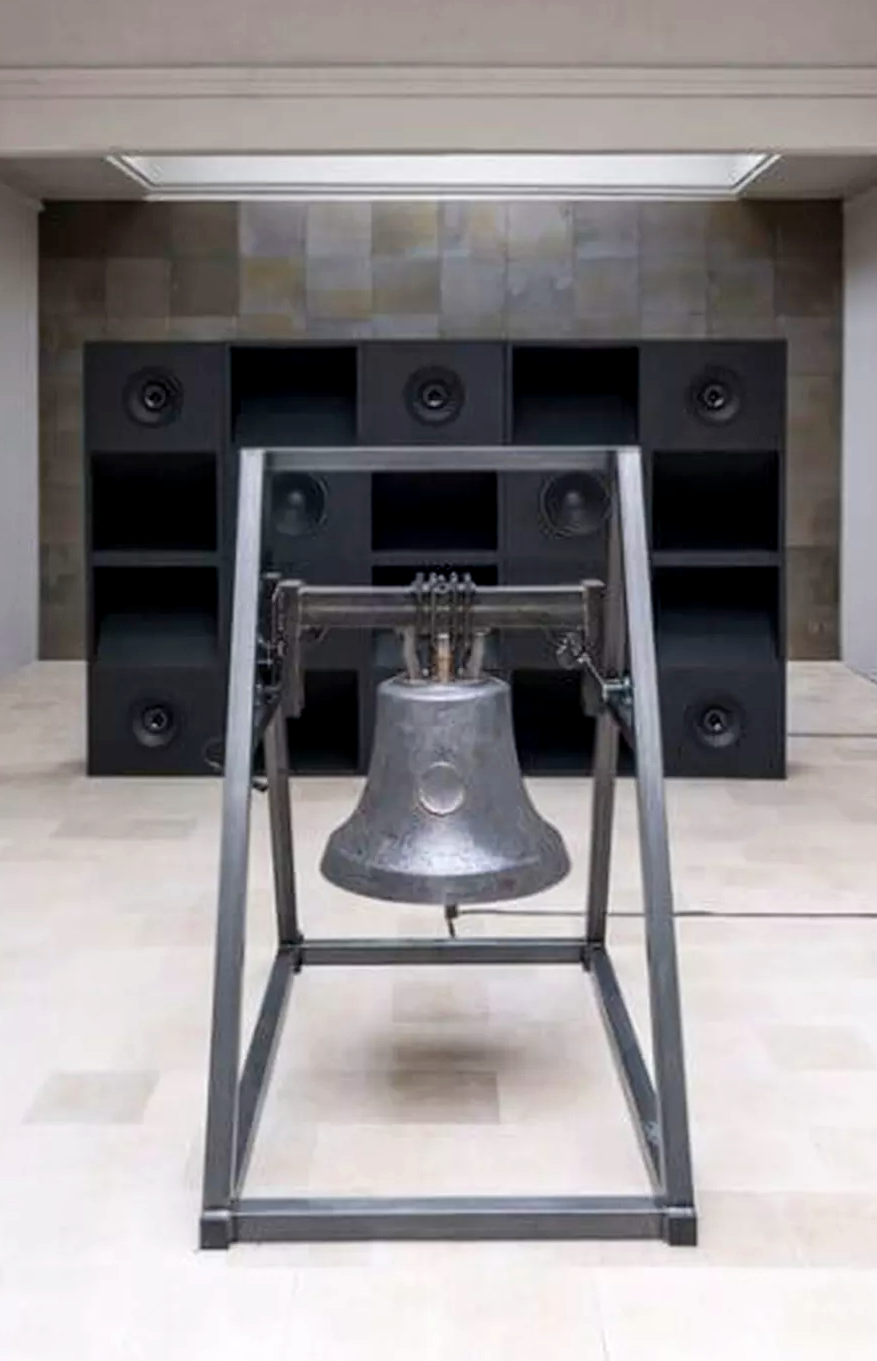Hunter and Dog
Frederik De Wilde
FILE SÃO PAULO 2025: SYNTHETIKA – Arte e Tecnologia
Hunter and Dog – Bélgica
Algoritmos genéticos e evolutivos reinterpretam uma obra de arte existente. De Wilde utiliza digitalizações e algoritmos genéticos e evolutivos personalizados como técnica de desconstrução para reinterpretar e atualizar a obra do século XIX Hunter and Dog, do escultor John Gibson R. A. (1790–1866).
O trabalho Hunter and Dog, de Frederik De Wilde, interroga as interseções entre a evolução humana, a engenharia genética e a hibridização entre tecnologia e biologia. De Wilde reinterpretou a escultura histórica sob a lente da teoria pós-evolucionária, engajando-se com debates contemporâneos sobre CRISPR, biologia sintética e as implicações da modificação genética dirigida pelo ser humano. CRISPR, a revolucionária tecnologia de edição genética, introduziu uma ruptura sem precedentes na trajetória da evolução. Não mais limitados pelos lentos mecanismos da seleção natural, os seres humanos agora possuem a capacidade de intervir diretamente em seu próprio blueprint genético, marcando uma transição para um paradigma pós-darwiniano. Contudo, esse poder tecnológico não é neutro; ele emerge de uma linhagem histórica de investigação científica profundamente entrelaçada com o colonialismo. A história da manipulação genética é inseparável do bioprospecto colonial, da eugenia e dos experimentos médicos exploratórios realizados em populações marginalizadas. Regimes coloniais trataram corpos — tanto humanos quanto não humanos — como locais de intervenção, controle e otimização, uma lógica que persiste nos atuais arcabouços biotecnológicos. O discurso pós-colonial revela como a engenharia genética corre o risco de perpetuar esses legados, reforçando assimetrias de poder entre aqueles que exercem controle biotecnológico e aqueles submetidos às suas consequências. CRISPR, ao oferecer a promessa de erradicar doenças e expandir o potencial humano, também suscita preocupações éticas acerca da estratificação genética, do biocapitalismo e da mercantilização da própria vida. O trabalho de De Wilde visualiza essas tensões, tornando visíveis os processos de divisão celular e morfogênese — os próprios mecanismos biológicos agora sujeitos à intervenção humana. Hunter and Dog não se limita a retratar a transformação de uma forma neoclássica, mas especula sobre o futuro do corpo humano como um local de evolução projetada. Sob uma perspectiva decolonial, a obra questiona quem detém a autoridade para editar a vida e com quais finalidades. Ela desafia as narrativas tecno-utópicas que enquadram a modificação genética como um progresso inevitável, enquanto obscurecem suas implicações sociais, éticas e ecológicas. Ao hibridizar arte, ciência e tecnologia, Hunter and Dog nos obriga a confrontar as incertezas de um futuro impulsionado pelo CRISPR: a edição genética reforçará as desigualdades existentes ou poderá ser decolonizada e democratizada? Como navegaremos essa fronteira pós-natural sem perder as dimensões humanas — e mais que humanas — de nossa existência? O trabalho de De Wilde nos convida a esse espaço especulativo, onde o caçador, o cão e o algoritmo se fundem em uma visão de um mundo em que a biologia não é mais destino, mas um espaço de agência contestada.
Para onde vamos a partir daqui?
BIO
Frederik De Wilde é conhecido por unir arte, ciência e tecnologia. Pioneiro das obras Blackest-Black, que inspiraram o Vantablack, já expôs na Bienal de Veneza, BOZAR, MAAT, Pompidou, e coleções como ZKM. Recebeu prêmios como o Ars Electronica.

